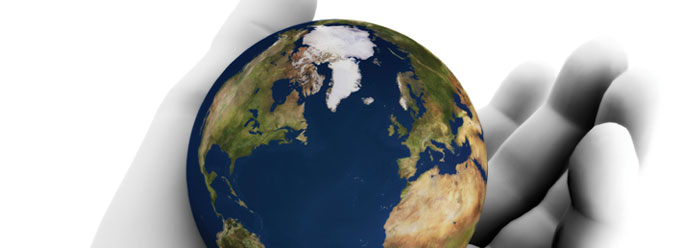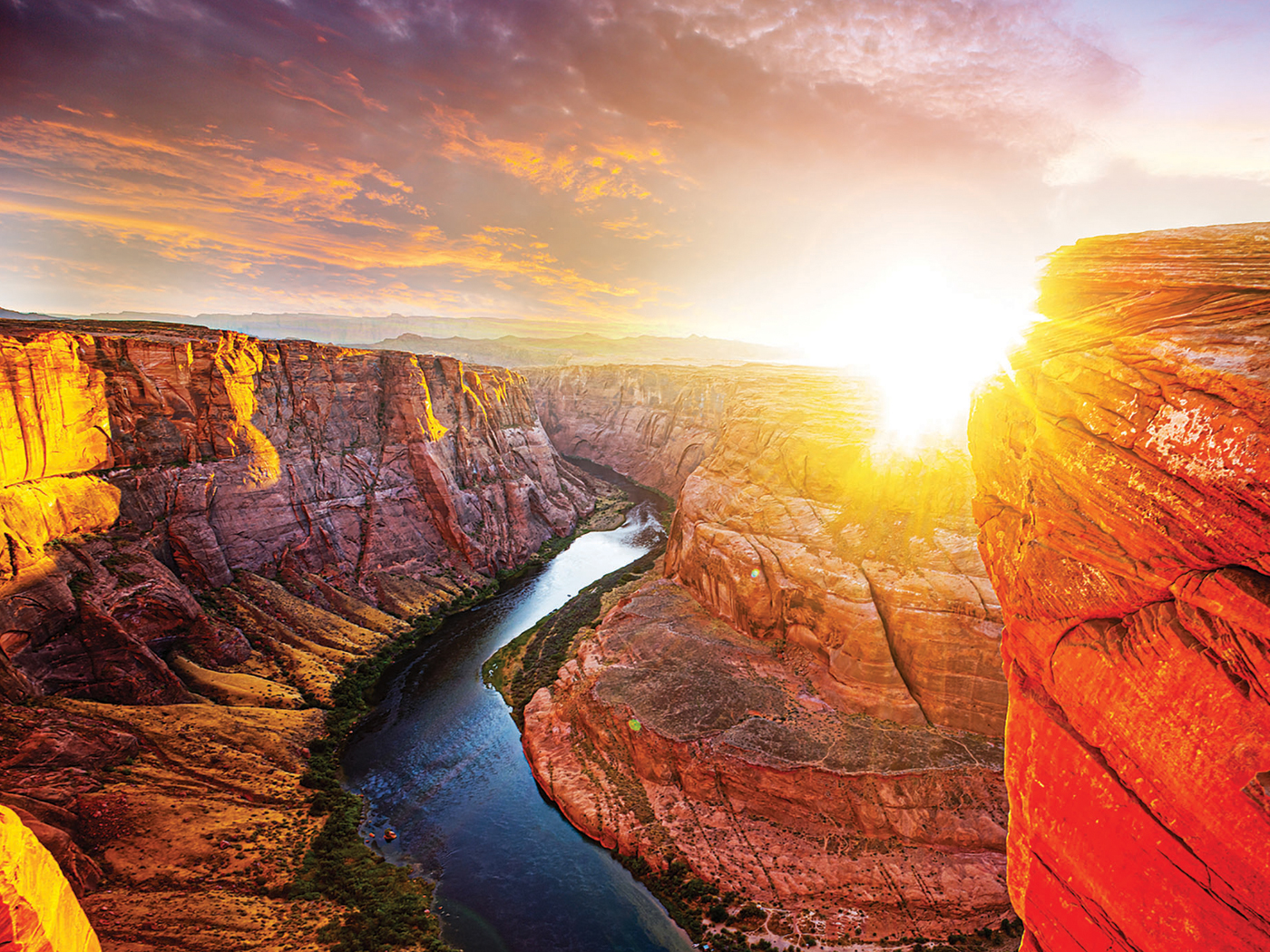Secularists like to consider earth as just one of many millions of planets, occupying an obscure place in an insignificant galaxy in a sea of nothingness. Conversely, the Bible teaches that earth is very special to the Creator, performing a crucial role in the universe today, and prepared for an unending role in the cosmic saga.
This is the location God chose to situate His image in man, after He had created and constructed it and him in wisdom. This is where God sent His only begotten Son, to live a perfect life and die a sufficient sacrifice once man had rejected Him. This is where God is grooming His bride--the Church--for eternal life with Him and where He will reign forever from the New Jerusalem.
It is also special in a temporal sense, well designed for man's habitation. God created it in an orderly fashion, with each step necessary for the life and well-being of man.
On Day One He created space, time, and water, the raw materials from which He created all else. Water was essential for life, with all the right properties. Then He created light, the ongoing source of warmth, energy, and food. The unfinished planet was rotating under the light, with a speed of rotation and tilt to the axis calibrated so that each side of the planet received just the right amount.
Day Two saw the atmosphere created, with the precise amount of oxygen and carbon dioxide for animals and plants.
On Day Three God called the oceans together, and then formed the continents, complete with topsoil supporting plant growth, all necessary for the nourishment of animals and man.
The astral bodies were created on Day Four--the sun as a permanent source of necessary light, and the moon, stars, and planets as necessary adjuncts and protectors of earth. The sun, we now know, is near the center of the entire universe, just as earth is at the center of His attention. At just the right distance, the sun provides energy and warmth in precise amounts. If the sun were any closer, we would burn in unlivable heat; any farther, and we would be locked in ice. The moon's gravity causes the tides to continually circulate and freshen the oceans, without which life would not flourish as it does. The larger planets guard earth from incoming solar bodies. The heavenly bodies were also given for timekeeping and regulation of life.
Day Five saw the oceans filled with abundant life, with much creativity and variety, all enjoying harmony with the environment and each other, and each performing necessary functions which contributed to the well-being of the whole. The skies were alive with flying creatures, beautiful in plumage and song.
On Day Six God continued to display His creativity with land animals of all sorts and sizes, capable of marvelous things, and each one bringing glory to its Creator. All were necessary and existed in amazing balance. And then God recreated His very image in man, and placed him as steward over all creation, to shepherd it, embellish it, and use it wisely.
Perfect equilibrium lasted until man chose to reject God's loving care for him, incurring His judgment and placing in motion God's gracious plan of redemption, for man and his entire dominion. In eternity, He intends to recreate earth and the heavens, restoring the wonderful conditions it originally enjoyed, forever displaying His special care for it and us.
Give thanks to the Creator now and forevermore.
* Dr. Morris is the president of the Institute for Creation Research.
Cite this article: Morris, J. 2007. Earth: A Special Place. Acts & Facts. 36 (11): 13.







